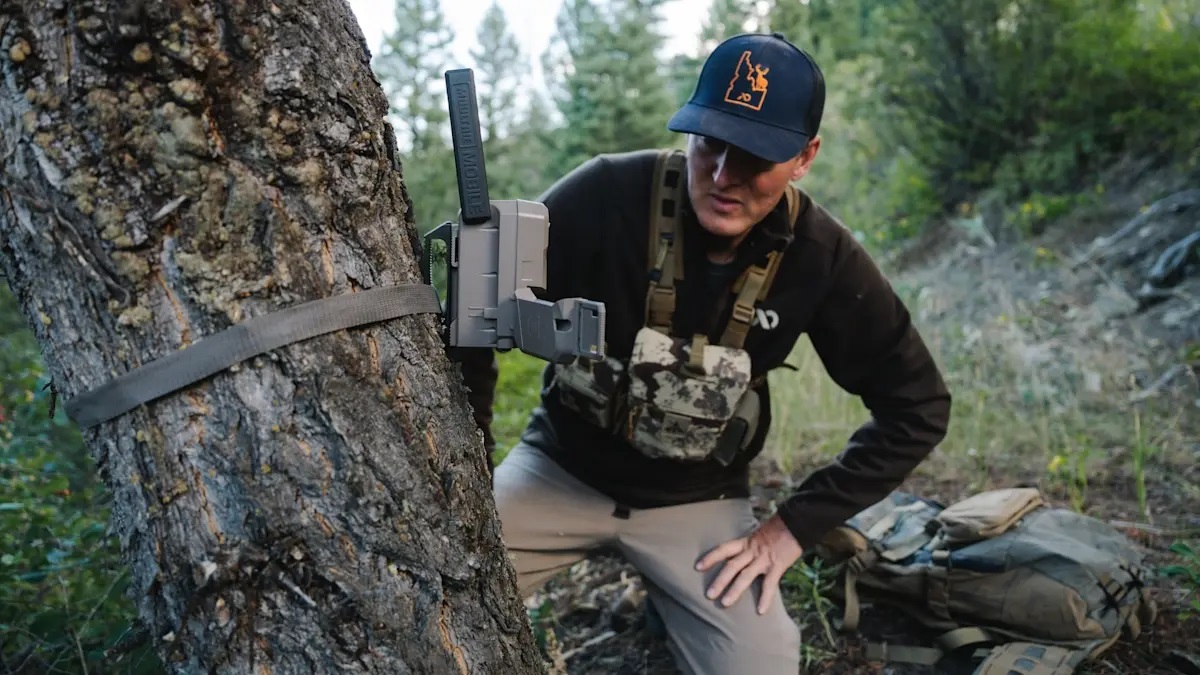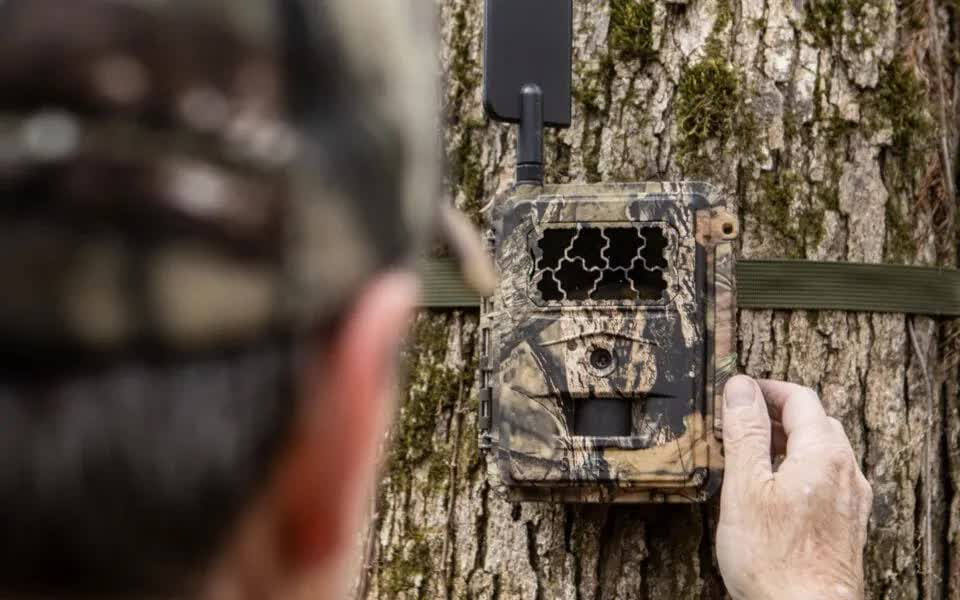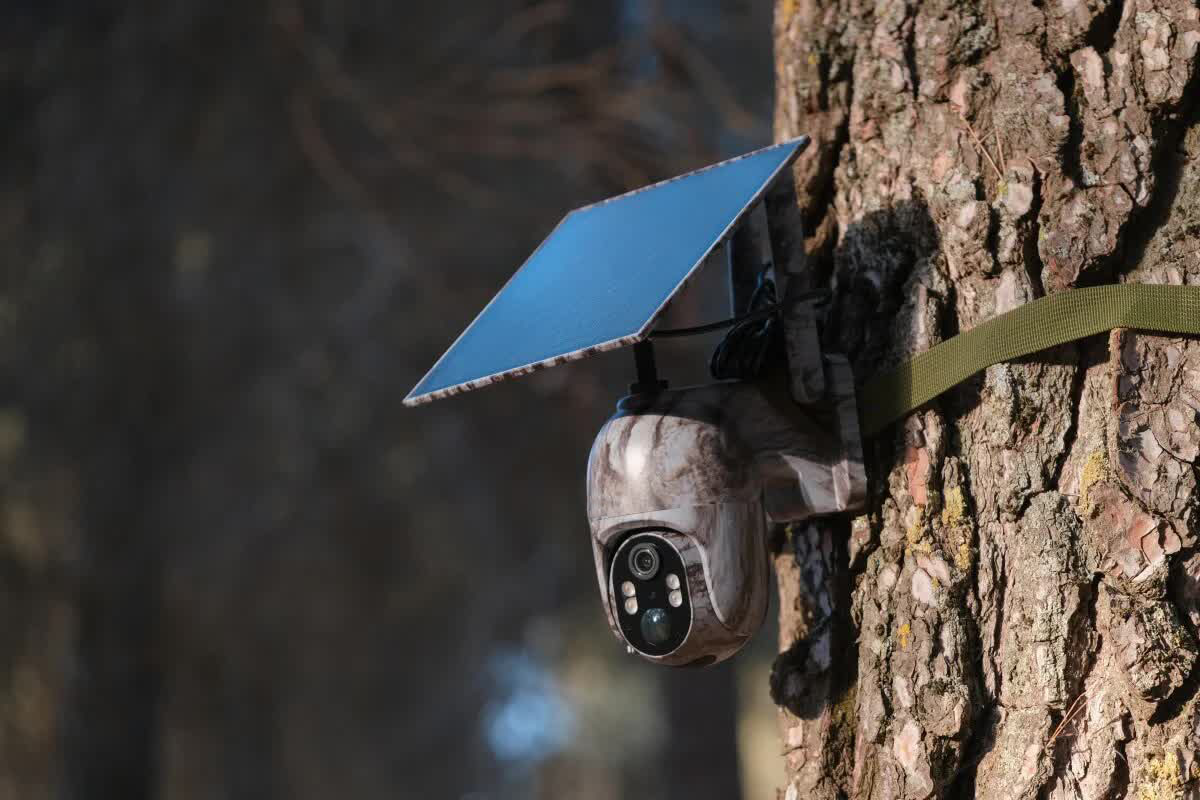Thermal vs. Infrared Cams: Main Differences Explained
Thermal vs. Infrared Cams: Main Differences Explained

Today, cams are essential in many areas, from security to industrial uses. Infrared & thermal cams are among the most popular types. Though they may seem similar at first, they work in different ways & serve specific functions. Knowing how these two camera types differ can help you choose the right one based on what you need.
What Are Thermal cams?
Definition: Thermal cams detect heat radiation emitted by objects. They measure temperature differences & create heat maps that show warmer & cooler areas in various colors.
Applications: Thermal cams are crucial in fields where detecting temperature variations matters. They are used in industrial inspections (such as finding overheating machinery), medical diagnoses (such as spotting inflammation), firefighting (such as locating people in smoky areas), & more.
Key Features: Thermal cams are excellent at providing precise temperature data. They can operate in total darkness or through smoke & fog. However, they are generally more expensive than infrared cams due to their advanced technology.
What Are Infrared cams?
Definition: Infrared cams capture images by detecting infrared light, a type of light invisible to the human eye. This light is emitted as heat by objects. Unlike regular cams, which need visible light, infrared cams work in low light or darkness.
Applications: These cams are commonly used for night vision in surveillance, wildlife observation, & photography. They are especially useful when visibility is low, such as at night or in fog.
Key Features: Infrared cams are known for being affordable & easy to use. However, they are less sensitive to temperature changes compared to thermal cams. Their main focus is on capturing light rather than measuring heat differences.
Main Differences Between Infrared & Thermal cams
Knowing the differences between infrared & thermal cams helps you choose the right one for your needs:
Technology: Infrared cams detect infrared light, while thermal cams measure heat radiation.
Image Output: Infrared cams create detailed images like black-and-white photos, while thermal cams make colorful heat maps showing temperature differences.
Sensitivity: Thermal cams are very sensitive to temperature changes & can detect even small differences in heat. This makes them ideal for specific tasks. Infrared cams are not as sensitive but still good for general imaging.
Cost: Infrared cams are cheaper & easier to find, while thermal cams are typically more expensive because of their advanced technology.
| Parameter | Thermal cams | Infrared cams |
|---|---|---|
| Working Principle | Detects emitted heat radiation and converts it into an image. | Uses infrared light spectrum (including near-infrared, mid-infrared, and far-infrared) for imaging. |
| Primary Uses | Temperature measurement, fault detection, fire monitoring, building energy analysis, etc. | Night vision, object recognition, medical imaging, military surveillance, etc. |
| Wavelength Range | 8µm - 14µm (thermal infrared) | 700nm - 1mm (includes near-infrared, mid-infrared, and far-infrared) |
| Imaging Method | Based on thermal radiation, shows temperature distribution of objects. | Based on infrared light waves, displays objects' infrared spectrum information. |
| Temperature Sensitivity | Measures surface temperature accurately (typically from 0°C to 1000°C). | Usually not for precise temperature measurement, mainly used for detecting heat sources. |
| Image Resolution | Generally lower (range from 160x120 to 640x480, depending on the device). | Higher resolution (typically from 320x240 to 1280x1024). |
| Range | Typically longer range (hundreds to thousands of meters, depending on the device). | Typically shorter range (suitable for close-range detection). |
| Target Detection | Detects temperature differences of objects, suitable for environmental monitoring, security, and industry. | Detects infrared light spectrum differences of objects, widely used in medical, security, and nighttime observation. |
| Cost | Typically higher, due to the need for precise thermal sensors. | Relatively lower cost, with a wide range of devices available. |
| Suitable Environments | Works well in various environments, especially in darkness or smoke for clear imaging. | Works in low light conditions, especially useful in nighttime, fog, and underwater environments. |
| Advantages | Precise temperature monitoring and heat source localization. | Can work in darkness or obstructed conditions, unaffected by visible light. |
| Limitations | Cannot detect heat sources through objects (e.g., walls). | Typically doesn't provide temperature information, only displays infrared images. |
Picking the Right Camera for Your Needs
Choosing the right camera depends on your particular needs & budget.
When to Use Infrared cams: Infrared cams are great for general surveillance, night vision, & situations where you want to save money. For example, they work well for watching a backyard at night or spotting animals in the dark.
When to Use Thermal cams: Thermal cams are more suited for jobs that require exact temperature measurements. They are perfect for finding insulation problems in buildings, checking industrial equipment, or searching for people during emergency rescues.
FAQs
1. Can thermal cams work in total darkness?
Yes, thermal cams don't need visible light. They can operate in complete darkness by detecting heat radiation.
2. Are infrared & thermal cams interchangeable?
No, although both cams have specific uses, they cannot replace each other. Infrared cams are better for basic imaging in low-light, while thermal cams are meant for detailed temperature analysis.
3. Which camera is better for home security?
Infrared cams usually work fine for home security, providing night vision at a low cost. However, thermal cams can be useful in certain situations, like finding intruders in thick foliage or during power failures.
Conclusion
Infrared & thermal cams each have their pros & cons, making them suited to different uses. Infrared cams are cost-effective & good for general imaging tasks, while thermal cams are better for detecting temperature changes & carrying out complex diagnostics. Knowing these differences will help you choose the right camera for your needs, ensuring effective performance for your specific situation.




